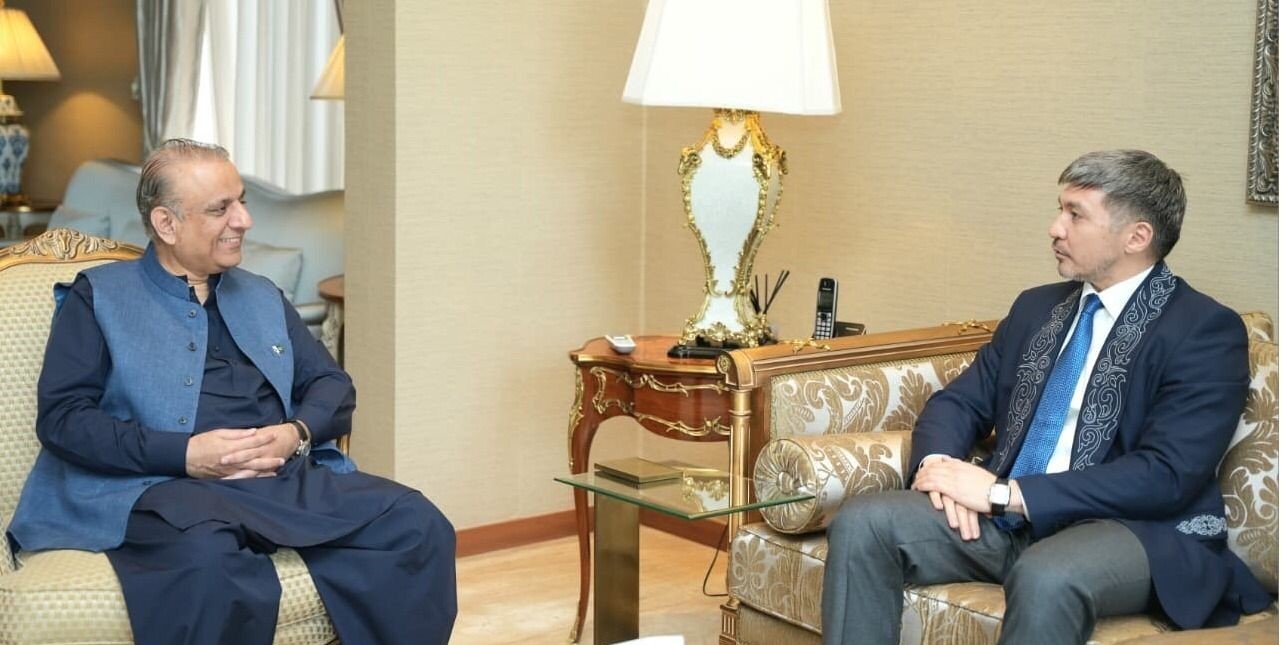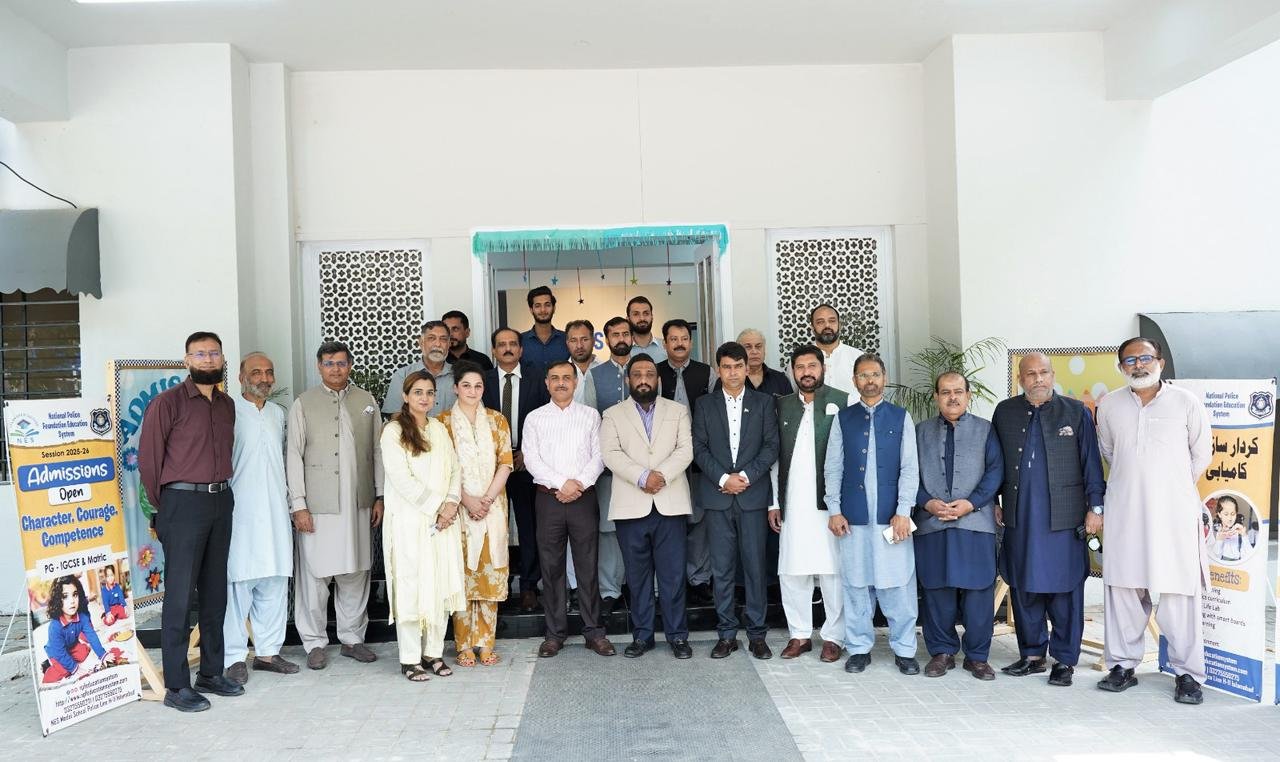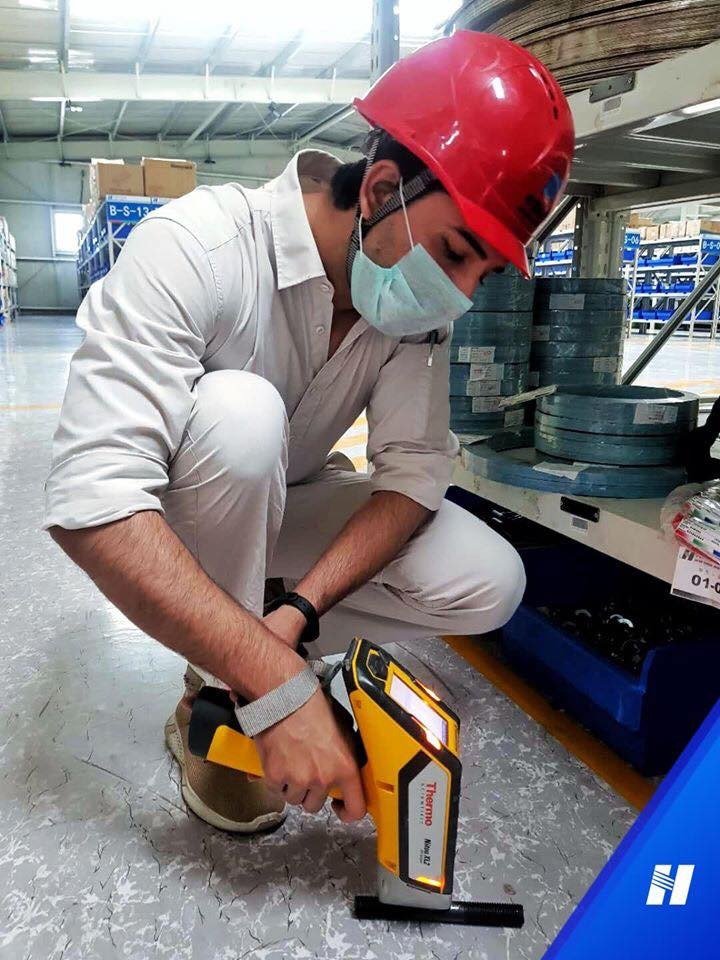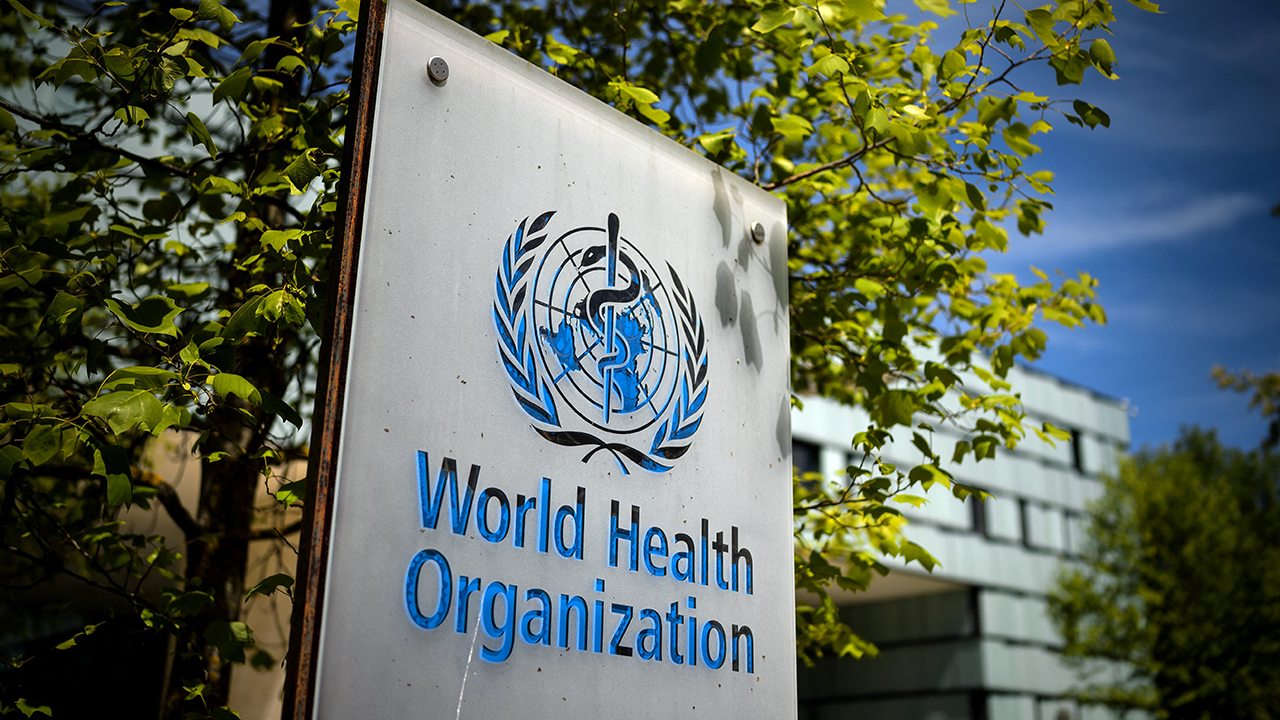Secrets buried deep in the sands of the Arabian Peninsula will soon be uncovered thanks to AI.
Archaeologists have turned to artificial intelligence to help detect potential sites in the Rub al-Khali desert, Abu Dhabi.
The vast stretch of desert, better known as the “The Empty Quarter”, is 250,000 square miles of ochre-coloured dunes.
The desert is the largest area of continuous sand in the world.
It occupies more than one-fourth of Saudi Arabia’s total area and features varied topography.
One of the driest regions in the world, the Rubʿ al-Khali is virtually uninhabited and largely unexplored.
However, researchers at Khalifa University in Abu Dhabi have developed a high-tech solution to make the search easier.
The team created a machine learning algorithm to analyse images collected by a synthetic aperture radar (SAR), a satellite imagery technique that uses radio waves to detect objects hidden beneath surfaces including, vegetation, sand, soil and ice.
Diana Francis, an atmospheric scientist and one of the lead researchers on the project, said: “We needed something to guide us and focus our research.”
Francis then trained the machine to use data from an already-known site, Saruq Al-Hadid in Dubai.
She said: “Once it was trained, it gave us an indication of other potential areas that are still not excavated.”
She added that the technology was precise to within 19 inches and could create 3D models of the expected structure to give archaeologists a better idea of what’s buried below.
Traditionally, archaeologists have used ground surveys to detect potential sites, while optical satellite images have gained popularity for searching large areas for unusual features.
However, the new AI technology will make the search easier.










